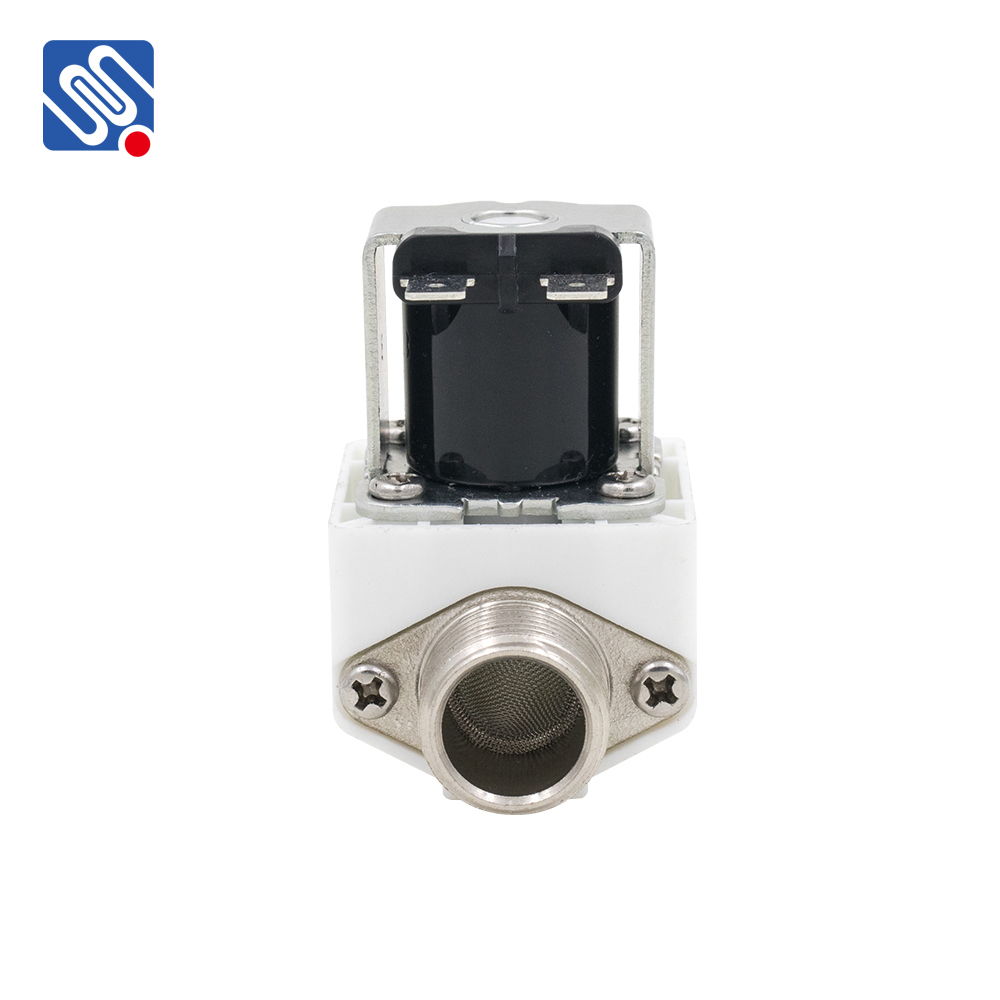In industries such as food and beverage, pharmaceuticals, and cosmetics, maintaining high levels of hygiene and safety is crucial. One of the key components in ensuring fluid control in these industries is the food grade solenoid valve. These valves are specially designed to regulate the flow of food-safe liquids and gases, while adhering to strict hygiene standards. In this article, we will explore the significance, construction, features, and applications of food grade solenoid valves.

What is a Food Grade Solenoid Valve? A solenoid valve is an electromechanical device that controls the flow of liquids or gases by using a solenoid coil to open or close the valve. When it comes to food grade solenoid valves, these valves are built using materials and components that meet food safety standards. They are designed to ensure that the fluids they control remain uncontaminated, thus ensuring the safety of consumable products. Food grade solenoid valves are commonly constructed from non-corrosive, food-safe materials such as stainless steel, which are resistant to corrosion and are easy to clean. The valve components, including seals, gaskets, and O-rings, are made from food-grade elastomers like EPDM or Viton, which are resistant to chemicals, temperature fluctuations, and wear.
Leave a Reply
You must be logged in to post a comment.